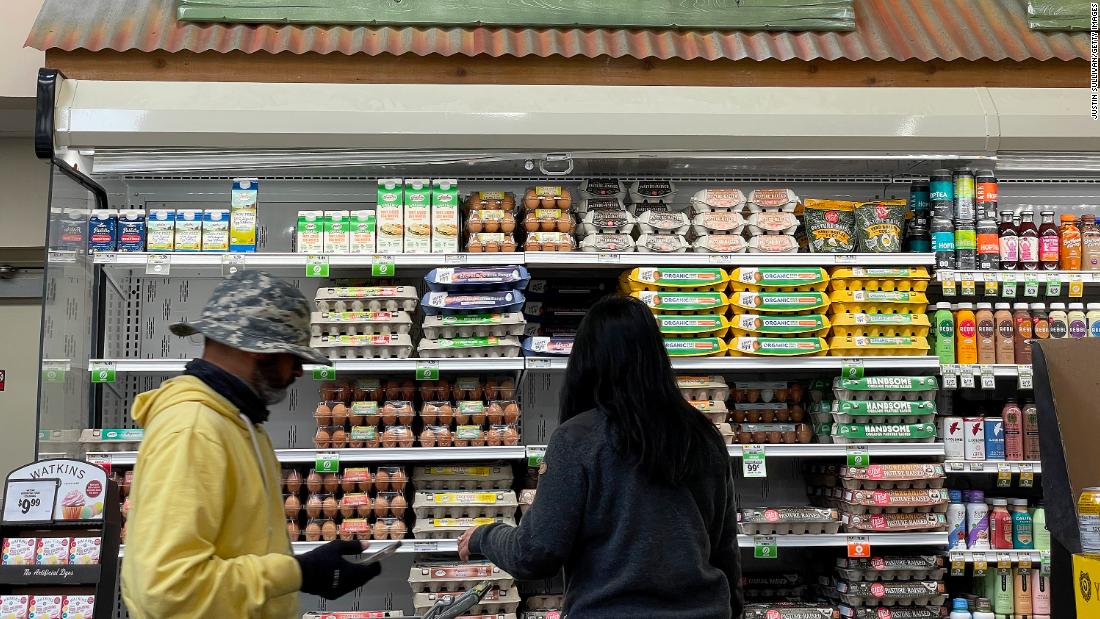
In March, retail spending in the United States saw a decline as consumers became increasingly cautious in the face of growing recessionary fears. This downturn in consumer behavior reflects broader economic anxieties, largely fueled by recent turmoil in the banking sector.
Spending Trends Across Key Categories
Data released by the Commerce Department indicates that retail sales fell by 1.0% in March, a significant shift that suggests consumers are tightening their wallets. This dip follows a modest increase of 0.2% in February, highlighting a downward trend as more Americans become cautious about their financial situations.
Many sectors felt the impact of this cautious spending behavior:
- Clothing Stores: Sales in clothing and clothing accessories stores fell by 1.6%.
- Furniture Sales: Retailers of furniture and home goods experienced a drop of 3.1%.
- Electronics: Electronics and appliance stores saw a 3.5% decline.
- Food Services: However, spending at food and beverage services increased by 0.6%, highlighting a shift towards essential spending.
Banking Crisis and Consumer Sentiment
The recent banking crisis has significantly influenced consumer confidence and spending patterns. High-profile bank failures, such as that of Silicon Valley Bank, have raised eyebrows among consumers. Consequently, this uncertainty has led many to reconsider their discretionary spending.
Experts suggest that the interplay between these factors can be attributed to psychological impacts on consumers. For instance, “When people see instability in the banking sector, it directly influences their sense of financial security,” says Dr. Emily R. Chen, an economist at the Economic Policy Institute.
As a result, consumers are opting to save more and spend less on non-essential items, a trend that could linger if economic uncertainty persists.
Potential Long-Term Effects on the Economy
This decline in retail spending raises questions about the overall health of the U.S. economy. With consumer spending accounting for about two-thirds of economic activity, a sustained decrease may lead to broader economic implications. If consumers continue to pull back, businesses could see decreased revenues, which may result in layoffs or a slowdown in hiring.
Furthermore, the Federal Reserve is closely monitoring these trends. In a recent statement, Fed Chair Jerome Powell noted, “We have to be cautious about increasing interest rates further if consumer spending continues to fall. We are in uncharted territory.” This caution suggests that the Federal Reserve may adjust its approach to interest rates based on consumer behavior.
What Lies Ahead?
Looking ahead, analysts remain divided. Some speculate that if economic conditions stabilize, consumers may regain their confidence and begin spending again. Others express concern that ongoing inflation and rising interest rates could continue to suppress consumer spending.
To navigate this challenging landscape, retailers are adjusting their strategies. Many are focusing on promotions and discounts to entice shoppers. Additionally, businesses are investing in enhancing online shopping experiences as fewer consumers venture into physical stores.
In this climate, the adaptability of retail businesses will be crucial. Finding new ways to appeal to financially cautious consumers could determine which companies thrive amid economic uncertainty.
In summary, March’s decline in retail spending signifies a cautionary approach from consumers. As they navigate fears of recession and the effects of instability in the banking sector, their spending habits will be essential indicators of future economic health.
Reference: Source Article

